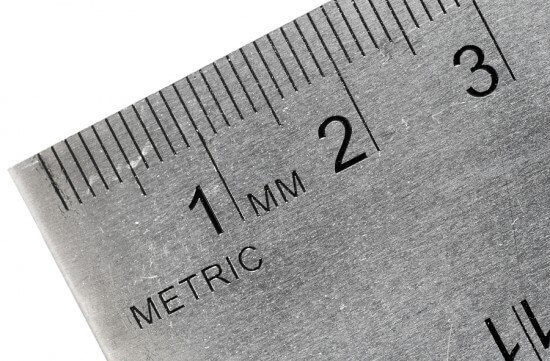
The metric system is a system of measurement. Different countries have different systems of measurements. The metric system as it will be described for you here is in reference to the system of measurement used by the United States. There is however an International System of Units that has been in effect since the 1960’s but there are some variations between the International System of Unites and the metric system popularly used in the U.S.
In the metric system different units are typically set by multiples of 10 (although there are several exceptions to this rule). Multiplying by ten is used to get larger and larger units which respectively have their own names. Once multiples exceed the 1000 mark, prefixes are most commonly used for convenience.
The entire purpose behind having a metric system is to have a system in place that allows for a physical quantity to be defined by a single unit. In other words, we need a metric system because it would be impossible to get anything done unless we were able to label the things that we need to quantify. Here is an example; lets say that your Grandma needed to know what the distance was to your house. Without the metric system you would have to say something completely uninformative like “it’s a long way” or “just past the apple tree.” Obviously these types of explanations would mean that nothing would get done properly, no one would have any idea of their distance from another person, and the list goes on.
We need what are called conversion factors in the metric system in order to make sense of all the different multiples of 10’s that were just mentioned. For example, if you were to follow the metric system conversion method from an inch to a mile it would include the following: inches, feet, yards, fathoms, rods, chains, furlongs, and miles. Measurements of multiples and submultiples are made by simply moving the decimal place over one point.
Not all units of measurement in the metric system follow a decimal conversion factor. The metric system of time, for example, does not use decimals or fractions. In the United States time is measured by years, months, weeks, days, hours, minutes and seconds. Although it is interesting to note that there was once a traditional metric system used for the measurement of time of the French Republic Calendar. But this system of measurement is no longer used.
The history of the metric system begins in the late 18th century. It was then that a group of Louis XVI servants were given the responsibility of creating fundamental units of measurement that made more sense than the disorganized system that was currently in use. Form this charge came one of the earliest and still utilized form of the metric system that included the fundamental base units for the measurement of angles (grad), length (metre), mass (gram) and capacity (litre).
Later there came a method for naming units of measurement that could be multiplied in equal parts. There were called prefixes. Some examples of prefixes include: deca- (ten), hecto- (hundred), kilo- (thousand), mega- (million), and giga- (billion); deci- (tenth), centi- (hundredth), milli- (thousandth), micro- (millionth), and nano- (billionth).
The metric system is also used to measure temperature usually as degrees Celsius. Temperature is measured through units of measurement called Kelvin’s. The metric system, although not necessarily complicated to understand, is very involved. As you have read just a sample of the different types of measurements that are included in the metric system, realize that examining each method of measurement and its multiples is quite the task to undertake. However most educated individuals learn enough about the metric system to understand the basic principles of it and to use the metric system, sometimes without even thinking about it, in their day-to-day lives.

Math